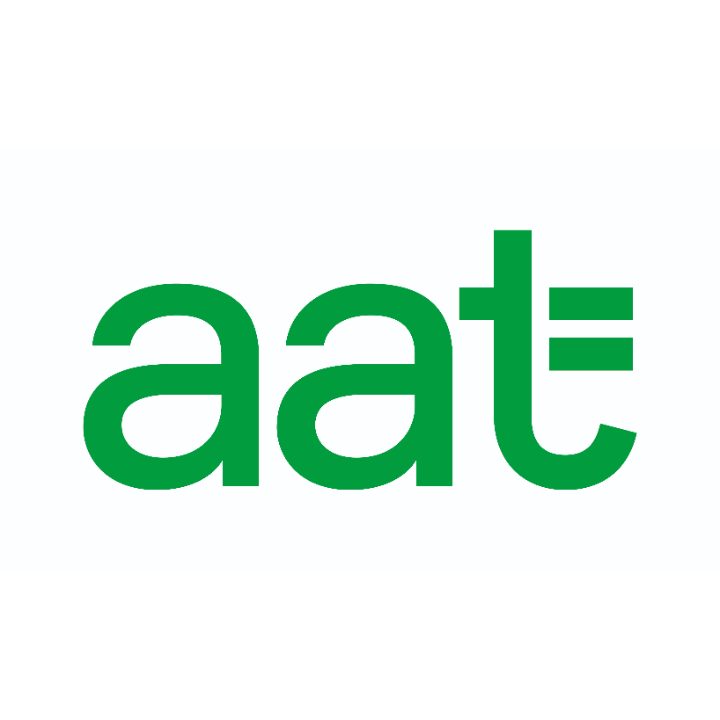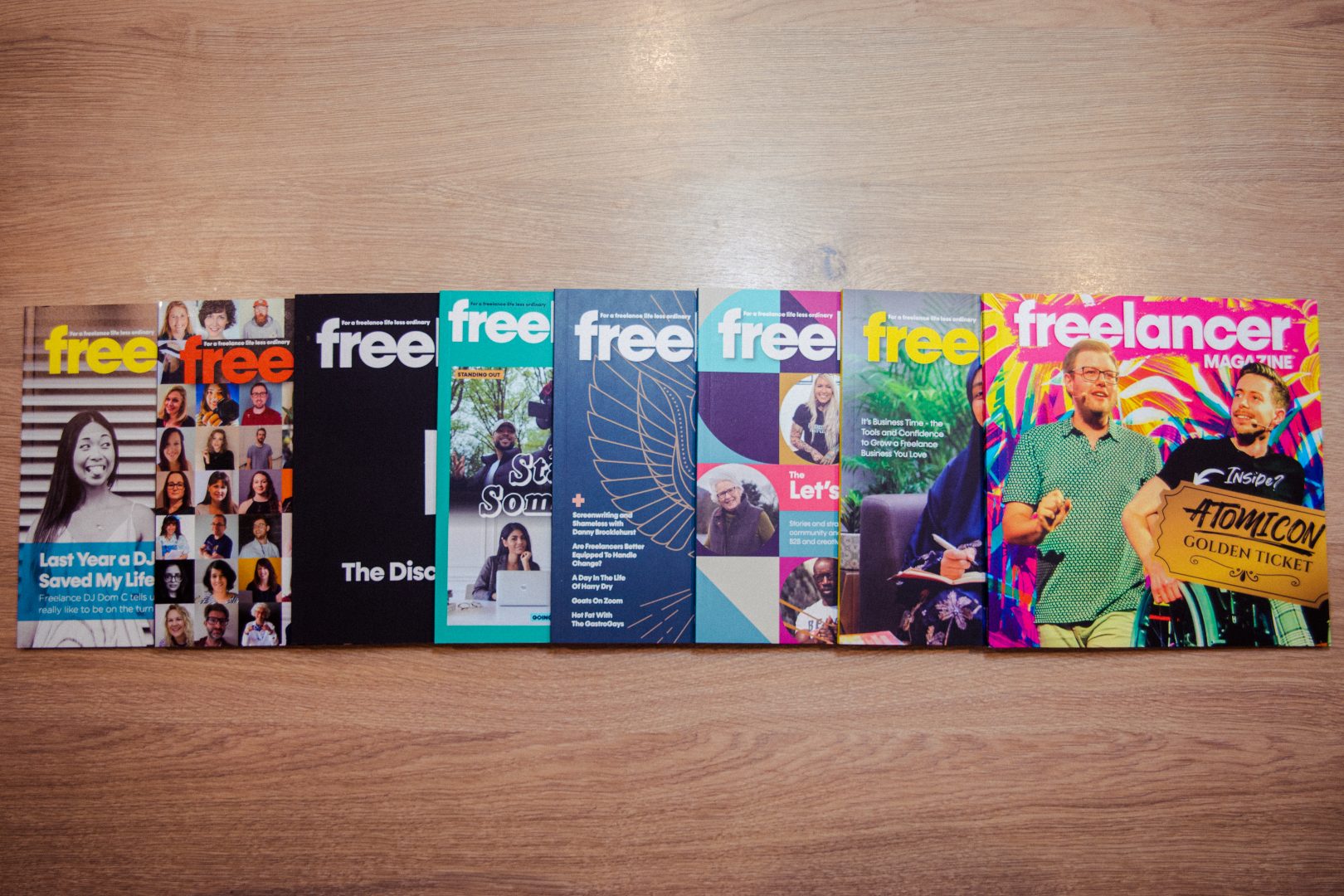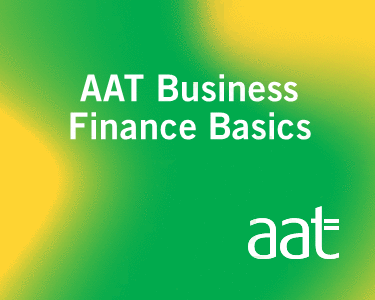
Step 1 – Finding your niche
Probably the most important part of launching a magazine these days is finding a niche. Mainstream magazines used to be in high demand, but success nowadays comes from finding a very specific segment to serve and creating a magazine and community around them. Do you have a particular area of interest that is growing in popularity but with limited quality content? Look for gaps in the market where your expertise or passion can provide value.
Your niche should be broad enough to sustain content over time (you never want to run out of ideas) but specific enough to attract a dedicated audience. Examples include sustainable living, independent music, regional food culture, and specialist hobbies.
Understanding your magazine’s target market
Define who will read your magazine. Create detailed reader profiles, including demographics, interests, and purchasing habits. Ask yourself:
- What age range, location, and income level characterises your readers?
- What other publications do they read?
- What are their core values and interests?
- Where do they spend their time online and offline?
Being part of the community you aim to serve will give you valuable insights. If you’re not already embedded in this community, spend time connecting with potential readers through social media groups, forums, and events.
Step 2 – Funding your launch
You’ll need to carefully think about all your costs and find some startup capital for your magazine. Consider these funding options:
- Personal investment: Using your own funds gives you complete control but limits your initial scale.
- Investors: Angel investors or venture capital might be appropriate for magazines with strong growth potential.
- Loans: Small business loans can provide necessary startup funds.
- Crowdfunding: Platforms like Kickstarter or Indiegogo can generate both funds and an initial subscriber base. Successful magazine crowdfunding campaigns typically offer valuable perks like lifetime subscriptions or exclusive content.
Create a detailed business plan with startup costs, operating expenses, and revenue projections before approaching any funding source.
Pricing strategy and revenue growth
You’ll need to position your magazine’s pricing appropriately for your audience while ensuring that you make a tidy profit. Budget magazines (£2-5) require higher volumes and are typically advertising-dependent. Mid-range publications (£5-10) balance subscription and advertising revenue. Premium magazines (£10+) focus on quality over quantity, with less advertising dependency.
Consider subscription discounts to encourage long-term commitments and improve cash flow predictability. Annual subscriptions provide upfront capital and reduce acquisition costs but do mean you’re committed to always producing and fulfilling the next year’s worth of publications.
Other ways to monetise a magazine
Most successful magazines rely on multiple revenue streams beyond copy sales. Traditional advertising remains important in both print and digital formats, and affiliate marketing through product recommendations can generate commission income. Events like courses, conferences, workshops, or social gatherings increase revenue while strengthening the community.
Many magazines sell branded merchandise to their loyal readership. Some create premium content behind paywalls or offer exclusive subscriber benefits. Strategic partnerships with brands aligned with your audience can open new revenue opportunities.
Step 3 – Plan your magazine production
Stunning content is the core of your magazine. You’ll need to plan and budget for how you’re going to write your magazine and get photography and/or illustrations.
Beyond content, you’ll need design expertise for professional layout and typography. Publishing software like Adobe InDesign is standard for layout and production.
Also, think about legal support for contracts, copyright issues, and business formation, and accounting expertise ensures proper management of finances and subscriptions.
-
How to resource a magazine
Consider these approaches to resource your magazine:
- Freelancers: Working with freelance writers gives you flexibility and diverse voices and allows you to bring in people for smaller projects like proofreading.
- Community contributions: Reader submissions can foster engagement and lower costs but will require strong briefs and careful editing.
- Expert columnists: Industry experts can add credibility and attract readers.
- In-house team: Hiring staff writers and editors ensures consistent quality but increases costs.
Establish clear editorial guidelines, content calendars and features planner and use a flat plan to layout pages and visualise the order and feel of the magazine.
-
Publication frequency and format
Your publication schedule affects everything from staffing to reader expectations. Monthly publication is standard for most magazines, balancing timeliness with production quality. Quarterly schedules allow for more in-depth content and higher production values, while bi-monthly publication offers a middle ground that keeps readers engaged without overwhelming your production capacity.
You’ll need to decide on the length of your magazine depending on how many features you plan on having and how many pages for adverts. As a ballpark, new publications often start with 40-60 pages, which is manageable for small teams. Established monthly magazines typically run 80-100 pages, while quarterly publications with premium positioning might exceed 100 pages. Let your content needs, production capacity, and pricing strategy guide these decisions.
-
Print or digital publishing
This decision will affect your costs, reach, and reader experience. Print offers a tangible product with higher perceived value, no screen fatigue, potential for more desirable advertising, and better retention of reader attention. There’s no better way to stand out than to post something through your reader’s doors and for it to sit on their desk or coffee table. Print also helps build community with your customers getting a sense of belonging to a club when it comes through their door, and they’re more likely to share a picture of a print magazine on their socials.
Digital publishing has much lower production costs, wider distribution potential, the ability to embed multimedia content, easier data collection, lower environmental impact and can be easily read anywhere.
Many successful magazines now use a hybrid approach, offering print editions alongside digital content, with premium subscribers receiving both. This maximises reach while satisfying traditionalists who prefer physical magazines.
Step 4 – Distributing your magazine
Your distribution strategy should align with your target audience’s habits. For print magazines, options include subscription services, newsagents and bookshops, speciality shops related to your niche, presence at relevant events and conventions, and direct mail to subscribers.
Digital distribution works through your own website, digital newsstands like Apple News+, Readly, or Zinio, email delivery of content, and social media platforms. The right mix depends on where your specific audience already spends time and your budget. Getting your magazine into high street shops (on the newsstand) comes with high costs and print runs for the publisher. Don’t underestimate the importance of marketing resources to build and maintain your audience over time.
How long will it take to launch a magazine?
Allow about 6-12 months from concept to publishing your first issue.
In the first two to three months, focus on market research, business planning, and securing funding. The second quarter involves building your team, creating content guidelines, and developing your design identity. The third quarter centres on content creation, pre-launch marketing, and setting up distribution channels. In the last couple of months, you’ll be sorting final production and your launch marketing. Save some energy to make this sustainable, as you’ll need to do almost all of it again for every issue.
Consider releasing a pilot issue or sample content to generate interest before the full launch. This will provide a testing platform for you, you’ll get valuable feedback and build anticipation.
Launching a magazine requires significant planning, resources, passion and dedication. Focus on creating unique value for your target audience and build robust systems for consistent quality. With the right niche and approach, independent magazines can thrive even in today’s digital-dominated media environment.
Share this content

Brought to you by:
AAT Business Finance Basics
AAT Business Finance Basics are a series of online e-learning courses covering the core financial skills every business needs. They draw from AAT’s world-leading qualifications and will quickly build your knowledge on key topics including bookkeeping, budgeting and cash flow.
Visit partner's website








